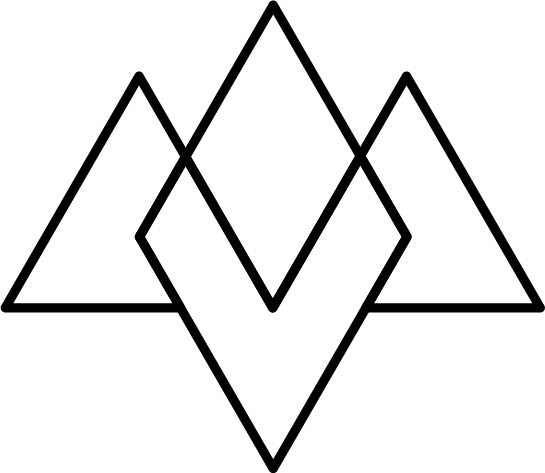What Does it Mean to Shoot Digital? Part I
Photography has changed quite rapidly over the past few decades. Instead of darkrooms and film, we have Adobe Lightroom and memory cards.
What does it mean to take a photo with a digital camera though? How does shooting with a digital sensor instead of film affect the look of your photos? What are the advantages and disadvantages of digital sensors?
This blog post mini-series plans to answer some of these questions and see how we can take advantage of digital sensors.
Sensors
Digital sensors work a bit like our eyes when capturing an image. There are a bunch of tiny little photosensitive cells on a circuit board. The lens focuses an image onto these cells, which then collect the light and then compile them digitally.
Now, there is a slight caveat to these little cells. They can only capture one wavelength (or simply put, color) at a time and be reliable. So, how do cameras make color photos? They do it with some very clever math.
Most cameras arrange their pixels into a pattern known as the Bayer Pattern. The camera takes the information from the surrounding pixels, and averages them out to get an accurate color.
You’ll notice, that there are a lot more green pixels than red or blue. This is because green is particularly difficult for digital cameras to measure, so they get more pixels to detect the color.
Sensor Size
Like film, digital sensors come in many different sizes. Digital image capture has a number of effects on your photos and also the size of the sensor counts too. Smaller sensors can be used in smaller cameras and are commonly used in cell phones, webcams, and point-and-shoot cameras.
Larger cameras unsurprisingly use bigger sensors. Common sensor sizes for DSLR cameras include APS-C (or sometimes referred to as crop sized) and Full Frame. Full frame digital cameras have image sensors that are the same size as the film in 35mm film cameras.
Advantages of Larger Sensors
In most applications, larger sensors are better. The area of the individual sensor cells of large sensors is much greater than small sensors, and this allows more light to hit them. As a result, the camera doesn’t have to work as hard to capture all the light it needs to make up an image. This means large-sensor cameras usually have a much easier time take photos in low-light situations.
More subjectively, larger sensors tend to have a particular look to them that is very appealing. This may be something you only notice subconsciously, but to get a better idea try looking at the extremes and look at photos taken by cell phones like the iPhone compared to medium format cameras.
Disadvantages of Large Sensors
The biggest and most obvious disadvantage of large sensors are their cost. Creating large sensors without defects is not cheap, and larger format cameras like Hasselblad’s can cost tens of thousands of dollars.
A less apparent disadvantage is much more situational. It is much easier for smaller sensors to get very wide distances in focus due to the physics of the lenses and sensors. Because of this, some photographers who are fans of landscapes will opt for cameras with slightly smaller sensors in order to have an easier time getting an entire scene into focus.
What to Expect Next
A lot of this post is very technical, I understand. However, it is very important to understand the tools you are using to create images. I hope this series helps to shed some light on how digital cameras work and how you can use that knowledge to create images closer to what your mind’s eye can see.
Check back to the future editions of this mini-series where we will look in-depth into the most popular sensor sizes and how they compare to film, and what you should consider when purchasing your own camera.
Saw a word you never heard before? Leave a comment and we will tell you what it means! Or, you can check out this handy Digital Photography Glossary.


